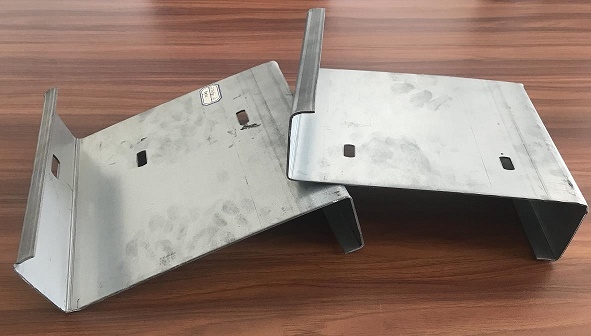
Understanding Large Span Roll Forming Machines
In the world of manufacturing, efficiency, precision, and versatility are paramount. One technology that has become instrumental in various industries is the roll forming machine, particularly large span roll forming machines. These machines are designed to create elongated structural products from flat metal sheets by continuously bending them into desired shapes. This article explores the significance, functionality, and advantages of large span roll forming machines.
What is a Large Span Roll Forming Machine?
Large span roll forming machines are specialized equipment used to produce long components with a consistent cross-sectional profile. Typically, they are employed in industries such as construction, automotive, and aerospace to manufacture products like roof panels, wall panels, steel frames, and more. The large span aspect refers to their ability to create long lengths of material without the need for joints or seams, which enhances the structural integrity of the products.
How Does it Work?
The operation of a large span roll forming machine involves several key steps. First, a flat metal strip, usually made of steel or aluminum, is fed into the machine. This strip is then passed through a series of rollers arranged in a specific sequence. Each roller is designed to bend the strip slightly, gradually transforming it into the desired shape.
The process is continuous, meaning that as the metal strip moves forward, it undergoes shaping until it is fully formed. Depending on the design of the finished product, additional processes such as cutting, punching, or welding may be incorporated either within the machine or afterward. This method of production is known for its high efficiency, as it minimizes material wastage and offers faster production rates compared to traditional fabrication methods.
Benefits of Using Large Span Roll Forming Machines

1. Cost Efficiency Large span roll forming machines are cost-effective in the long run. They significantly reduce material waste, offer faster production cycles, and require less labor compared to other forming techniques.
2. Consistency and Precision These machines are designed to produce high-quality products with exact specifications. The automated nature of roll forming ensures uniformity in every piece manufactured, thereby enhancing the overall quality of the final product.
3. Versatility Large span roll forming machines can be configured to produce a wide range of profiles and designs. This adaptability makes them suitable for different applications, providing manufacturers with the flexibility they need to meet diverse client demands.
4. Durability and Strength Products made using large span roll forming processes typically exhibit enhanced strength and durability. The continuous nature of the forming process and the use of high-quality metals ensure that the components can withstand significant loads and environmental conditions.
5. Reduced Assembly Time With the ability to produce long, continuous lengths of material, these machines minimize the need for complex assembly processes. This reduction not only saves time but also cuts down on potential errors during assembly.
6. Eco-Friendly Production Large span roll forming machines contribute to more sustainable production practices. The reduction in waste and the efficiency of material usage align with the growing emphasis on environmentally responsible manufacturing.
Conclusion
In conclusion, large span roll forming machines represent a significant advancement in the field of manufacturing. Their ability to produce long, consistent components with minimal waste makes them an ideal choice for various industries. With their cost efficiency, versatility, and precision, these machines are likely to remain a key component of modern manufacturing processes. As industries continue to evolve and demand higher quality products in shorter timeframes, the role of large span roll forming machines will undoubtedly become even more crucial. Investing in this technology not only improves production capabilities but also aligns businesses with the principles of sustainable and efficient manufacturing.